Submitted by Tarun Bhasin
The Domain of Sustainable Urban Development: Practitioners, Agendas and Frontiers in the Global South
India Architecture News - Jul 16, 2020 - 13:36 7993 views
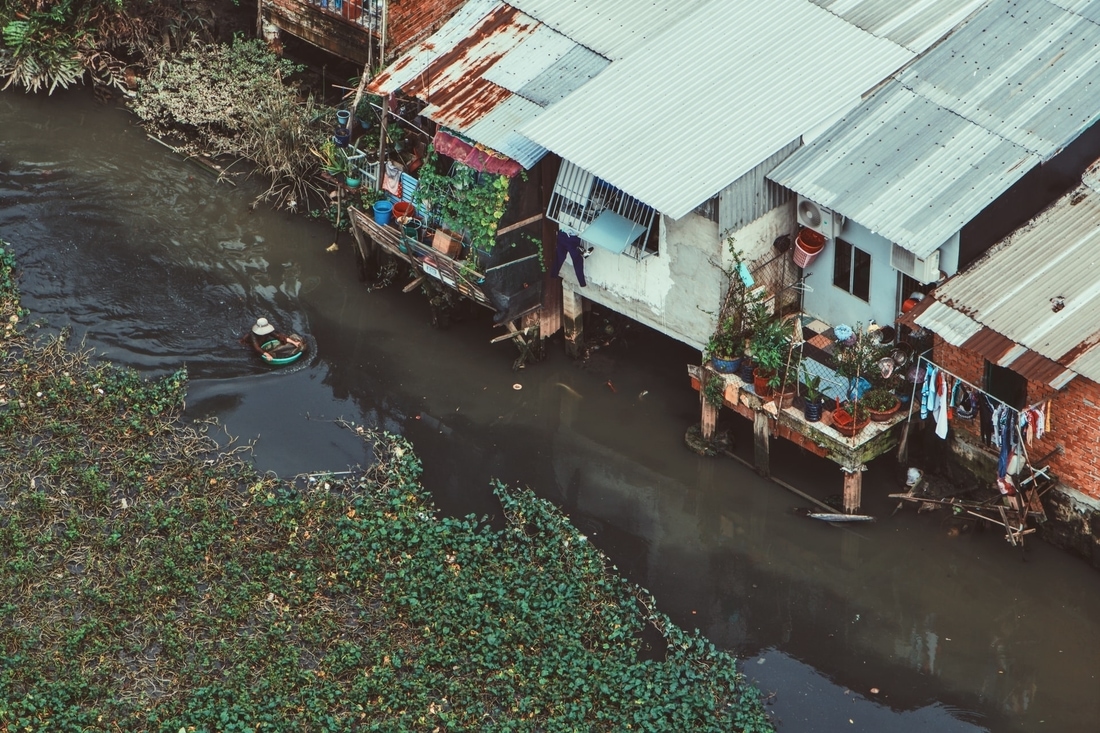
The Mandate
In 2015, the United Nations declared a mandate to all national governments and people across the globe to make cities and human settlements, inclusive, safe, resilient and sustainable. Underlying this mandate are three conversations: addressing issues of peace and conflict, effects of Climate Change, and the growing problem of inequality. Today, the theme and questions of Urban Design underpin, how, these conversations are shaped by urbanization, governance, and planning of all new and old cities. (2014 revision of the World Urbanization Prospects | Latest Major Publications - United Nations Department of Economic and Social Affairs, 2014)
By 2050, the world’s urban population is expected to double, making urbanization the most transformative trend of the 21st century. Population, socio-cultural interactions, economic activities, humanitarian and environmental causes are increasingly concentrated in cities. These pose significant challenges towards basic services, infrastructure, housing, health, education, food security, jobs, security etc. (World Cities Report 2016: Urbanization and Development - Emerging Futures | UN-Habitat, 2016)
The persistence of multiple forms of poverty, inequality, environmental degradation, spatial segregation, social and economic exclusion, remain irrefutable realities in cities and human settlements. Obstacles to a global sustainable development can be summed up in four persistent asymmetries: the artificial divide between the rural and the urban; the forced separation between nature and humans; unbridled consumerism; and most pressing, poor inter-generational and gender equity. Cities starkly display inherent flaws in the concept of cities as systems, attacking pre-conceived notions of housing, public places, governance, agriculture etc.
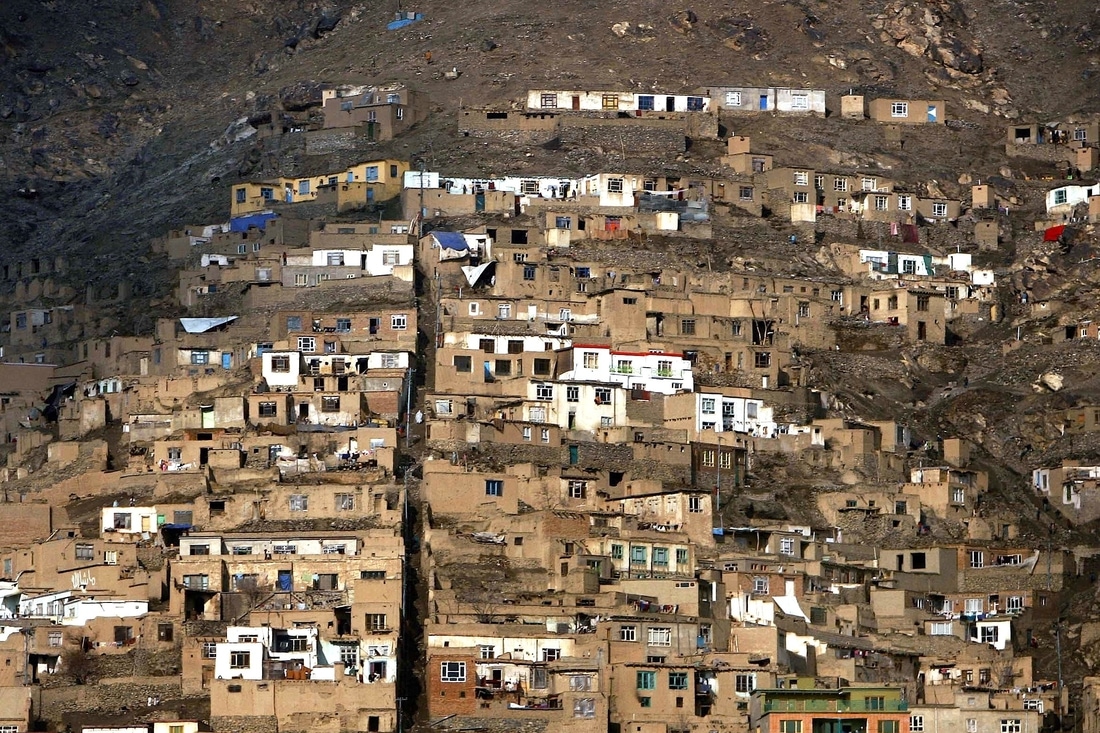
'Afghanistan: Aggravating misery under imperialist occupation'. Image © Marxist.
The Vision
Borrowing solutions from cities across the world- on sustainable water systems and environmental services, urban agriculture, adequate nutrition, clean energy and manufacturing, public transport, inclusive built environment, green spaces, disruptive technologies etc.- and employing them on the right scale, cities can move beyond the idea of singular interventions to enhance human values, identities, and culture. (BASIC SERVICES FOR ALL IN AN URBANIZING WORLD, 2013)
While addressing the vulnerability of individuals, services in smaller cities need to be improved in order to make them resilient to climate change, and economic meltdowns; and efficient at managing their resources, waste and food production. The idea is to optimize the place-ingenuity, common growth prospects, and processes. And, develop strong urban-rural linkages that maintain the flow of cash, information, and a pipeline of solutions to the grassroots for equitable growth; especially in education, healthcare, energy, and communication. (The Urban Opportunity: Enabling Transformative and Sustainable Development, 2020)
Naturally, well-planned and well-managed urban development will be a powerful tool for both, developed and developing countries; to end poverty and hunger; promote inclusivity and resilience; improve human health; achieve gender empowerment; and protect the environment. Urban Design is, therefore, driving the critical juncture in human history that is witnessing reconsideration of urban systems and forms of urban spaces; and the way they are planned, built and managed. Hence, the challenge of Urban Design is to present ‘urbanization as an engine of sustained and inclusive economic growth, social and cultural development, and environmental protection to achieve transformative and sustainable development.’ (New Urban Agenda, 2017)
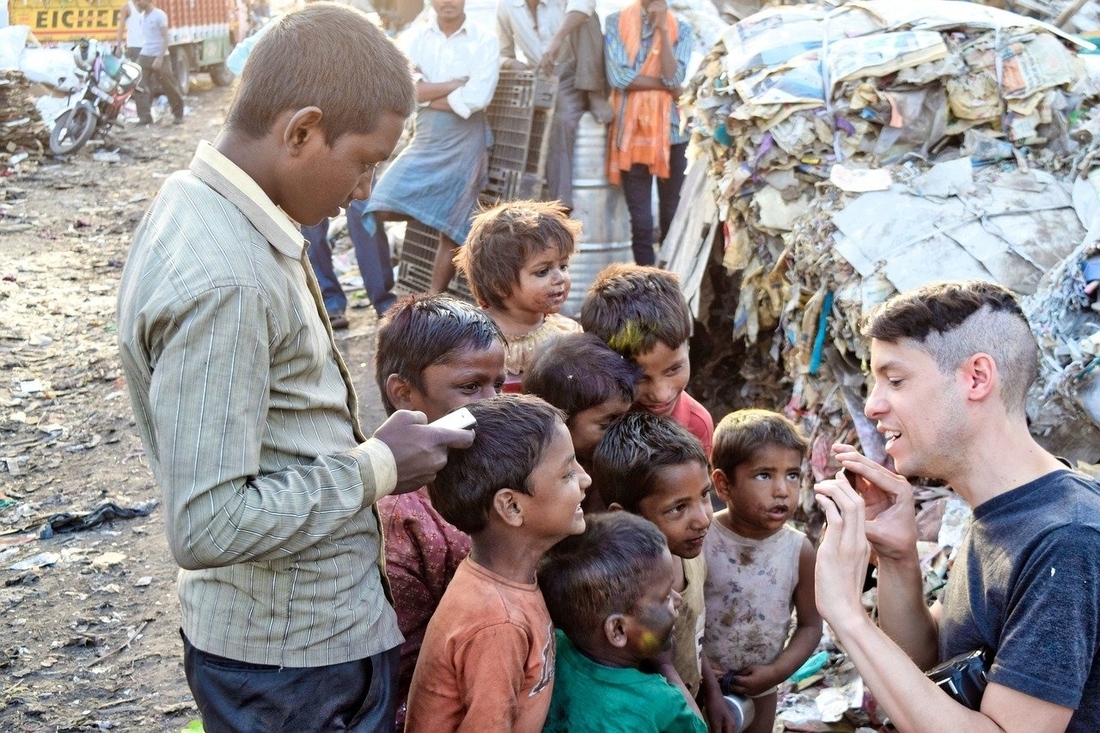
'Manifestos 2019: Cracking The Economic Enigma(S)'. Image © Youth Ki Awaaz.
The Practitioners
Realization of transformative commitments required for sustainable development demands enabling policy frameworks at international, national, subnational and local levels. These are further integrated into participatory planning and effective management of urban spatial development. Many development organizations, multilateral institutions, the private sector, and stakeholders, are involved in enhancing the coordination of strategies and programmes to integrate and implement sustainable urbanization. (New Urban Agenda, 2017)
In principle, anyone involved in building the urban governance structure and establishment of a supportive framework is an urban practitioner. They readdress the way cities and human settlements are planned, financed, governed, and managed. They appropriate the role of national governments in definition and implementation of urban policies and legislation, whilst recognizing the contributions of subnational and local governments, civil societies and stakeholders, by remaining transparent and accountable. As design and planning consultants, urban practitioners are foremost involved in reinvigorating long-term and integrated urban and territorial planning in order to optimize the spatial dimension of urban form. In doing so, they support innovative and sustainable financing frameworks that enable municipal finance and local fiscal systems. (New Urban Agenda, 2017)
Urban Practitioners help in planning and managing urban spatial development by adopting sustainable, people-centric, age-responsive and gender-sensitive approaches to urban and territorial development. They help scale policies and integrated systems, by promoting partnerships and cooperation at all levels of government. They help regulate appropriate checks and balances that empower and include urban stakeholders and provide predictability and coherence to enable sustained socio-economic growth and environmental protection.
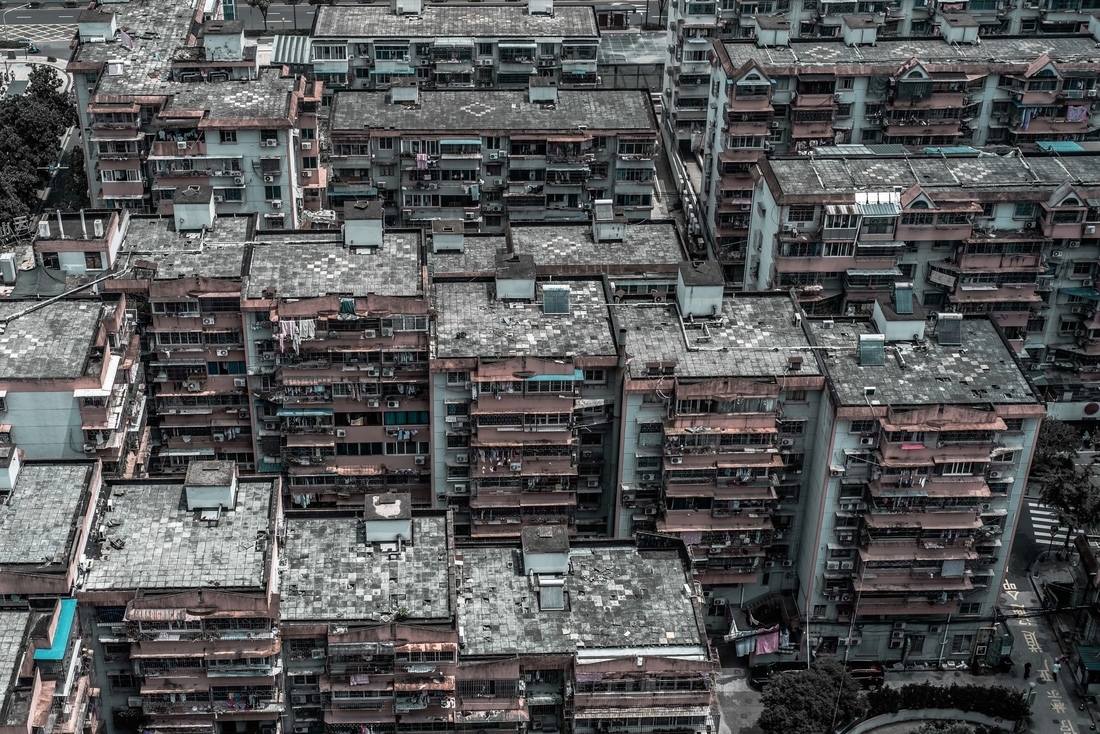
'We Will Experience A Pandemic 10 Times Worse Than COVID-19 Within the Next 10 Years'. Image © Joshua Ingle.
The Agendas
There are certain underlying commitments for sustainable urban development, that delineate the principles and commitments made by urban practitioners. They strive towards eradication of poverty, ensuring equal rights and opportunities, integration in urban space, socio-economic and cultural diversity, liveability, food security and well-being. They ensure public participation by enhancing accessibility for all to basic services, physical and social infrastructure, and affordable housing.
By ensuring the creation of decent jobs, access to resources, they leverage agglomeration benefits to envisage inclusive urban economies. They help advance social function, the standard of living, civic engagement, women empowerment, sanitation, and mobility. Lastly, by promoting sustainable production and consumption patterns, reducing disaster risks, and mitigating effects of climate change, promoting clean energy and efficient use of land resources- urban practitioners remain crucial in the protection of ecosystems and biodiversity, and adoption of harmonious lifestyles. (New Urban Agenda, 2017)
Together, with governments, and people, urban practitioners reflect a shared vision of cities for all, by consistently referring to equal indiscriminate use and enjoyment, by promoting inclusivity to ensure that all inhabitants, of present and future generations, are able to inhabit and produce just, healthy, accessible, affordable, safe, resilient, sustainable cities and human settlements.
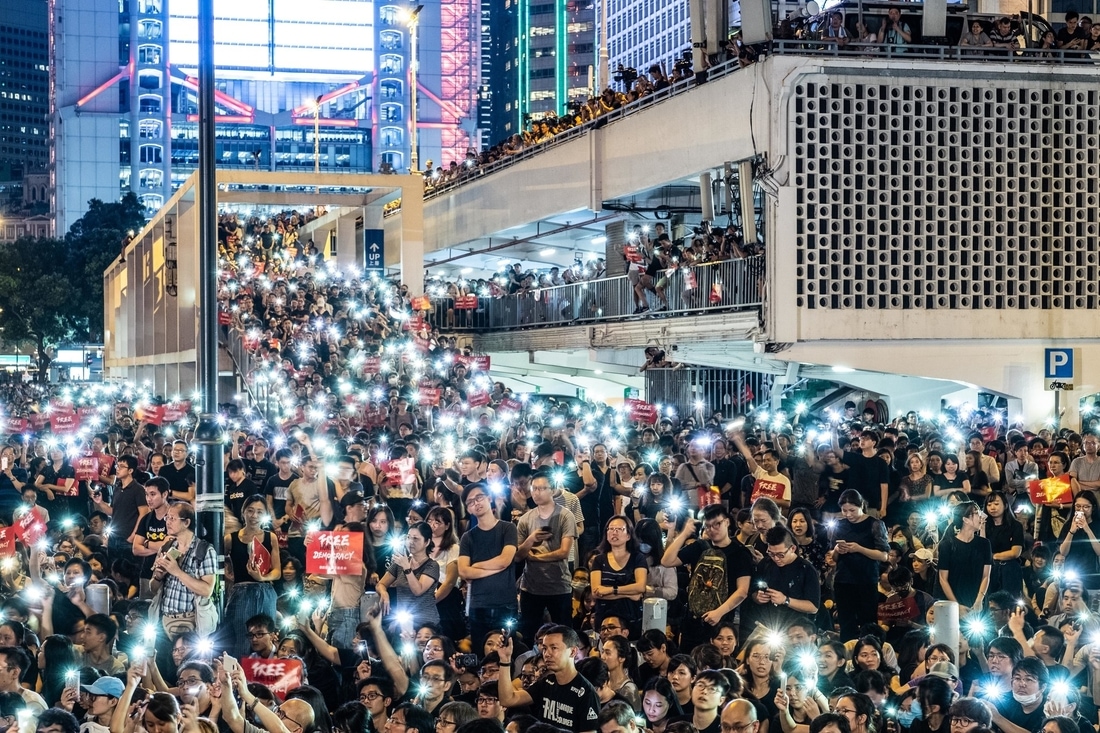
'Post-Truth Politics Afflicts the Global South, Too'. Image © The New York Times.
The Frontiers in Global South
The above agendas can be easily applied in cultural frontiers that are sufficiently developed. The challenge arises when these agendas of urbanization begin engaging with the political dynamics of the Global South, where there is insufficient historic material to document the process of urbanization. Moreover, there are major interests in cities of the developing world that control large informal settlements, that are reluctant to allow development to come in. (Satterthwaite, 2007)
This challenge in Global South is best understood as tensions or competition for pressure on urban resources and urban governance. These tensions encapsulate the powerful interests and those who lack power or resources. Here, the key actors include the ‘representative political arenas’ of elected officers, city-council members on one hand; and ‘neo-corporatist forums’, trade unions on the other hand – around a table deciding on the long-term and short-term interests of the city. They work closely with civil societies and local authorities, that represent the domain of ‘development practice’.
These organizations work at the grassroots, in slums, communities, and informal settlements, to alleviate acute poverty and disempowerment. These represent the formal arena and are the dominant power relations. On the other end of the spectrum are ‘social movements’ that set the political arena alight, by challenging the legitimacy of formal authorities mentioned above and their decisions. The last domain within this framework is ‘symbolic power’ that represents the media that construct discourses to help the society understand these tensions and make sense of things. (International Guidelines on Urban and Territorial Planning | UN-Habitat, 2015)
Ultimately, urban politics and power dynamics between these five players, boils down to decision making and governance, in context of scarce resources between competing priorities. Here, decisions of infrastructural investment are crucial as their ramifications last from 50 to 100 years. Therefore, it is important to note that planning is fundamentally valuable in opening up or creating awareness about the implications of certain decisions. Its most common form, spatial planning, is where comprehensive overviews on territories and landscapes are provided.
Its more recent form, strategic planning, relates regional economy to land use and to space. It helps to map out how regional economy impacts the use of space and overall urban form. It is a step towards a more bottom-up, more grassroots typology of planning called ‘spatial literacy’. Here, residents or representatives from localities participate directly in intersectional neighborhood-level planning to figure the different elements required in their neighborhood to ascertain well-being and ensure expression of individuals. (International Guidelines on Urban and Territorial Planning | UN-Habitat, 2015)
Within these dialogues, Urban Design as a discourse operates and aims to interrelate the decisions taken in the top-down formal arena and the bottom-up participatory processes. It functions, ideally, to optimize governance, in an effort to get long-term, medium-term and city-wide scale design and planning correct, right down to the neighborhoods and the households. In doing so, Urban Design provides the necessary link between economic power and social change. It provides the opportunity for people to connect, by means of data, technology and internet access. Most importantly, by driving cultural experience and innovation, it provides critical spaces for re-imagination of built environments – an important role that enables the sustainable development saga. (Parnell, 2016)
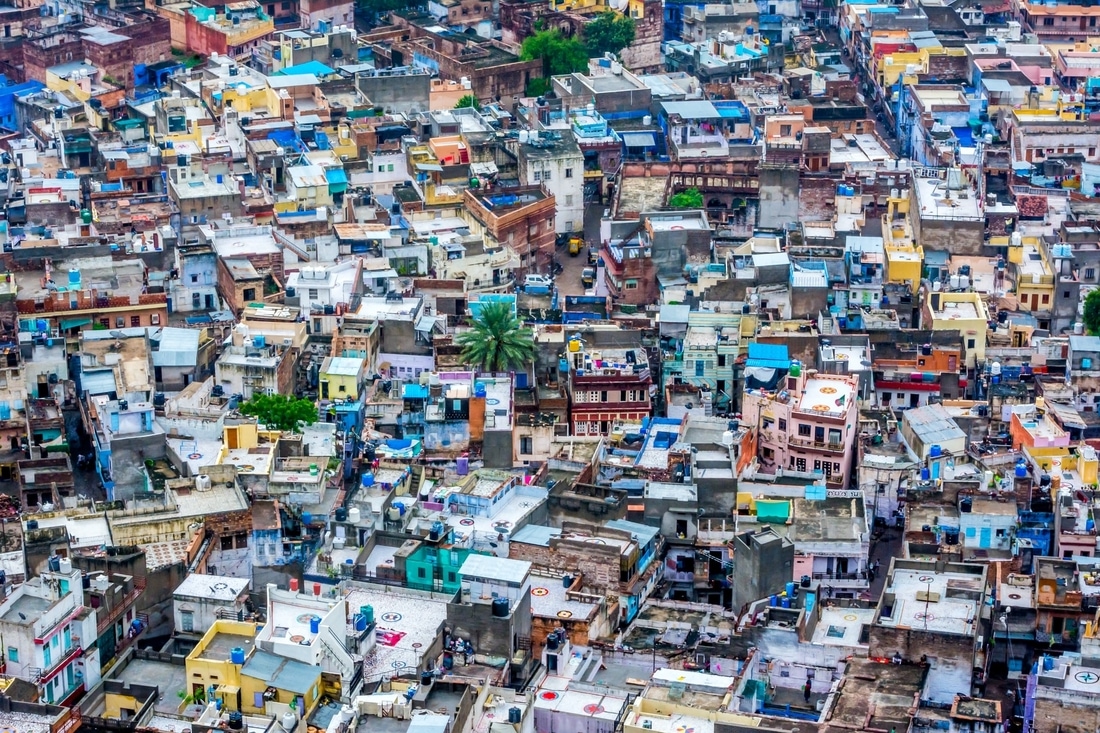
'Decongest cities, promote industries in villages to revive growth'. Image © Policy Circle.
Head Image: '31 million Vietnamese below average flood level in 31 years: Does Local Media Care?, © Climate Tracker.
References
- habitat3.org. 2017. New Urban Agenda. [online] Available at: [Accessed 16 July 2020].
- Parnell, S., 2016. Defining a Global Urban Development Agenda. World Development, 78, pp.529-540.
- Satterthwaite, D., 2007. The Transition To A Predominantly Urban World And Its Underpinnings. [online] pubs.iied.org. Available at: [Accessed 16 July 2020].
- sustainabledevelopment.un.org. 2020. The Urban Opportunity: Enabling Transformative And Sustainable Development. [online] Available at: [Accessed 16 July 2020].
- uclg.org. 2013. BASIC SERVICES FOR ALL IN AN URBANIZING WORLD. [online] Available at: [Accessed 16 July 2020].
- un.org. 2014. 2014 Revision Of The World Urbanization Prospects | Latest Major Publications - United Nations Department Of Economic And Social Affairs. [online] Available at: [Accessed 16 July 2020].
- unhabitat.org. 2015. International Guidelines On Urban And Territorial Planning | UN-Habitat. [online] Available at: [Accessed 16 July 2020].
- unhabitat.org. 2016. World Cities Report 2016: Urbanization And Development - Emerging Futures | UN-Habitat. [online] Available at: [Accessed 16 July 2020].
